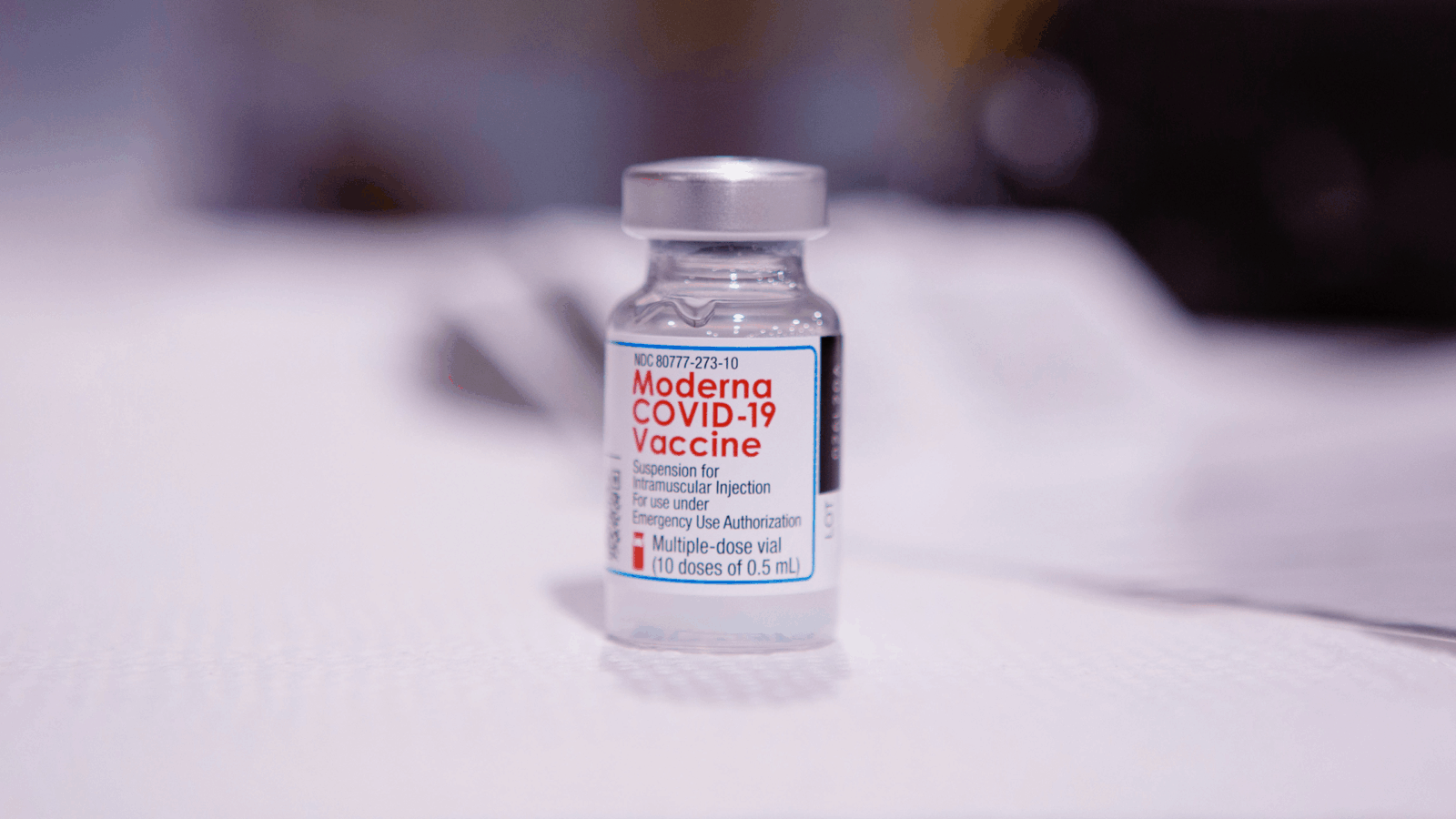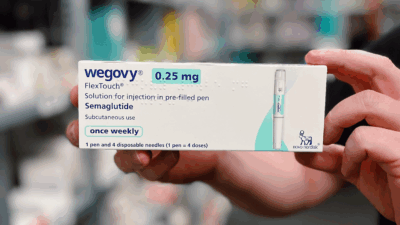
Sign up for smart news, insights, and analysis on the biggest financial stories of the day.
Interested to see the price of that medical procedure? You’ll have to click through to find out.
According to a scorched-earth investigative report by the WSJ, hundreds of U.S. hospitals have blocked search engines from showing their prices in an effort to undermine a new federal transparency rule.
How Many Clicks Does it Take?
In an industry known for its closely-guarded information, hospitals have long kept their pricing sheets close to the chest. But beginning on January 1st, hospitals were required to begin publishing both the rates that insurers negotiate for services as well as the cash costs.
Computer Trickery: According to the report — which examined over 3,000 hospital websites — many of the nation’s largest healthcare systems and hospitals systems utilize a string of HTML code to block pricing pages from showing up on search engines:
- Among those found to doctoring the indexes include HCA Healthcare, University of Pennsylvania Health System, and NYU Langone.
- Penn Medicine and NYU Langone said they were using the code to direct patients to information they believe is more useful than raw prices. Universal Health said it uses the code to make users acknowledge a disclosure statement before seeing prices.
One expert is not buying the excuses. Referring to the pricing data, Chirag Shah of the University of Washington said, “It’s technically there, but good luck finding it.” He added, “It’s one thing not to optimize your site for searchability, it’s another thing to tag it so it can’t be searched. It’s a clear indication of intentionality.”
Officials in New Jersey called the tactic a “disappointing patchwork of willful noncompliance and attempted compliance that is not in the spirit of the rule.”
the takeaway
Count how many clicks it takes to get a price from your provider. At UPMC, a 40-hospital system in Pennsylvania, the lucky number is seven.











